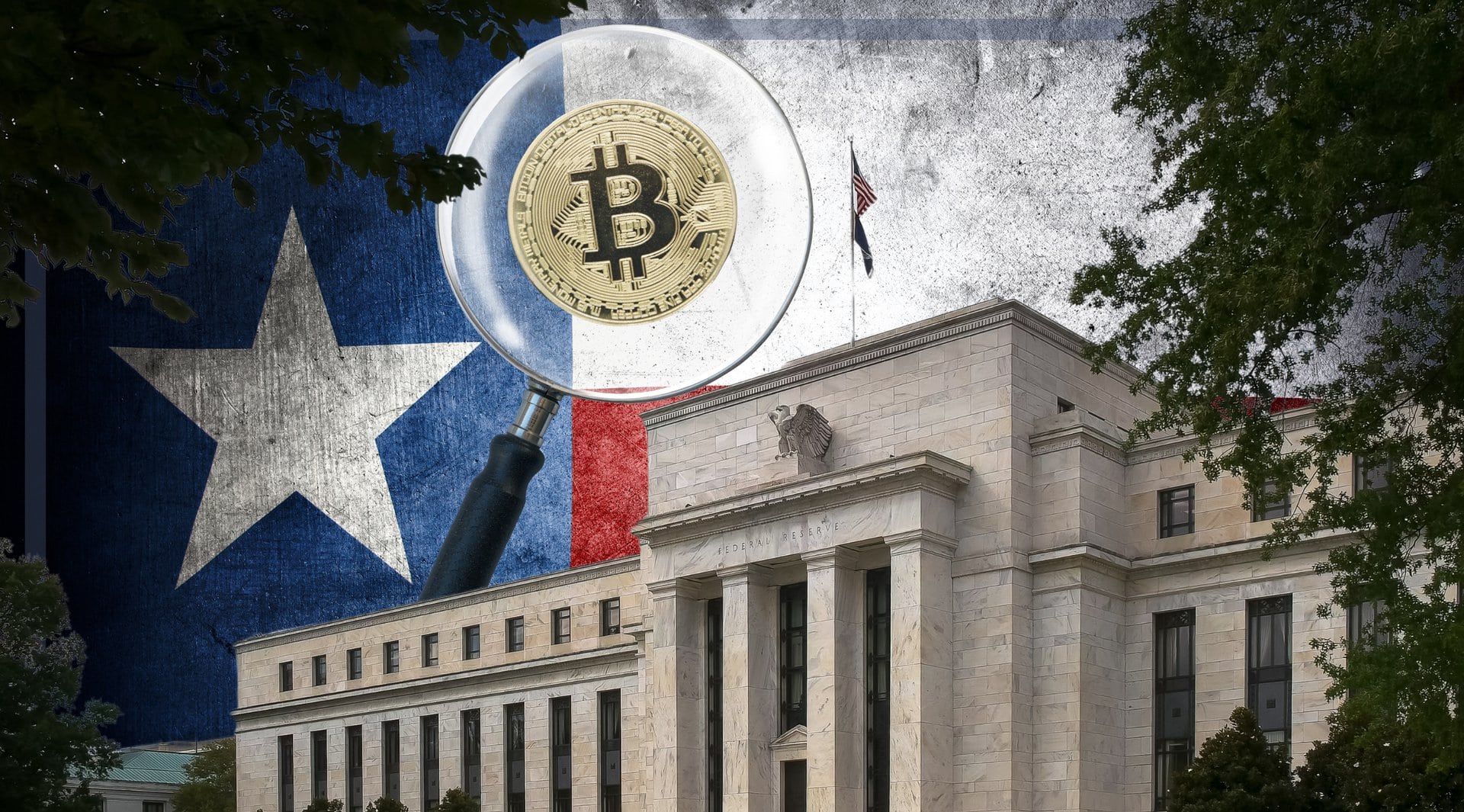The last few years have been horrid for the Kenyan Shilling (KES) on global foreign exchange markets. Since the onset of the coronavirus pandemic in March 2020, KES has dropped into a spiral of rapid depreciation against the dollar and other major currencies. Indeed, in that time, the shilling has lost about a third of its value against the greenback – and shows no sign of halting its decline. But what could 2024 have in store for the Kenyan currency.
One of the major factors hitting the Kenyan Shilling has been the onset of high interest rates in the United States. With inflation in America hitting 9.1% last year, the US central bank moved very quickly to increase interest rates and try to get prices back under control. Historically low rates in the US, which were practically at zero throughout the pandemic, were replaced by a higher interest rate environment: they currently stand at a 22-year high of 5.25-5.5%.
U.S. Inflation Hits New Four-Decade High of 9.1%. https://t.co/6I9rtY4myT pic.twitter.com/RSAup7HZD6
— Nick Short (@PoliticalShort) July 13, 2022
This has severely impacted emerging market currencies such as the shilling because higher rates in the US incentivise traders to increase their exposure to the greenback, which is considered to be one of the safest financial assets in the world and lessen their exposure to riskier currencies like KES.
While the Kenyan central bank has increased rates to 10.5% in a bid to defend the shilling from dollar strength, this has not proved to be enough to stem rapid declines. With the Federal Reserve not predicted to start loosening monetary policy until the middle of next year at the earliest, it seems likely that the Kenyan Shilling will remain vulnerable to further declines.
A historically strong dollar and rising interest rates globally have caused wider economic problems that, in turn, have weighed further on the shilling. For one, a stronger dollar has made it more expensive and difficult for the Kenyan government to service its increasingly large pile of dollar-denominated external debt. Kenya’s national debt now stands at a record $10.8 billion.
Despite this, the government remains committed to expensive policy pledges such as President Ruto’s flagship “Hustler Fund,” which offers hundreds of millions of dollars a year in cheap credit to Kenyan consumers. This means the government has been forced to spend and borrow even more, with the Treasury Secretary recently asking Kenya’s National Assembly to approve a roughly 5% budget increase despite the spiralling debt situation.
Making the situation even more precarious is that the government remains limited in its ability to collect proper tax revenues, putting further pressure on the government’s budget.
The Treasury has revised the cost of servicing Kenya’s external debt for this fiscal year by an additional Sh216.7 billion on account of the continued weakening of the shilling and rising interest rates on commercial loans.https://t.co/ORrhJ0CSiG
— BusinessDaily (@BD_Africa) November 2, 2023
Kenya’s struggles with debt repayments, along with the fact that further debt is inevitable given the government’s spending policies, are causing concerns on foreign exchange markets. The World Bank has warned that Kenya is at high risk of defaulting on its debts. These deep-rooted economic problems, and fears over the sustainability of Kenya’s debt levels, is likely to be reflected in a lower price for the shilling on foreign exchange markets in 2024.
Another risk for foreign exchange traders is that there remain high levels of political instability in Kenya. Raila Odinga, the leader of Kenya’s main opposition party, has consistently claimed that Ruto “stole” the last election through fraud and voter suppression.
In September 2022, the Kenyan Supreme Court confirmed Ruto’s victory as entirely legitimate but that has failed to stop supporters of Odinga intermittently taking to the streets in the months since. There has been violence in Nairobi and other major cities, as well as economic costs, with businesses forced to shut down because of fears of looting. Protests have appear to have quietened down slightly since July this year, but with Odinga still committed to challenging the government at every opportunity, there is every chance they could erupt again.
Kenya Opposition Leader Raila Odinga Says Protests Will Continuehttps://t.co/mYNbueuOxZ
— Voice of America (@VOANews) July 27, 2023
2024 could be a bleak year for the Kenyan Shilling. The continuation of high interest rates in the States, ongoing debt problems, high spending, and political instability are all factors that will be giving foreign exchange traders cause for concern in the months ahead. While there is a small chance that the shilling could make up some ground, particularly if rates start to come down in the US quicker than expected, it would take a lot for KES to make any substantial gains against the dollar and other major currencies.
Author: Harry Clynch
#Kenya #Africa #KenyanShilling #ForeignExchange
















One Response
February 2024 showed an interesting turn around for the Kenya shilling gaining against the USD. An additional analysis into the matter is much needed and appreciated.